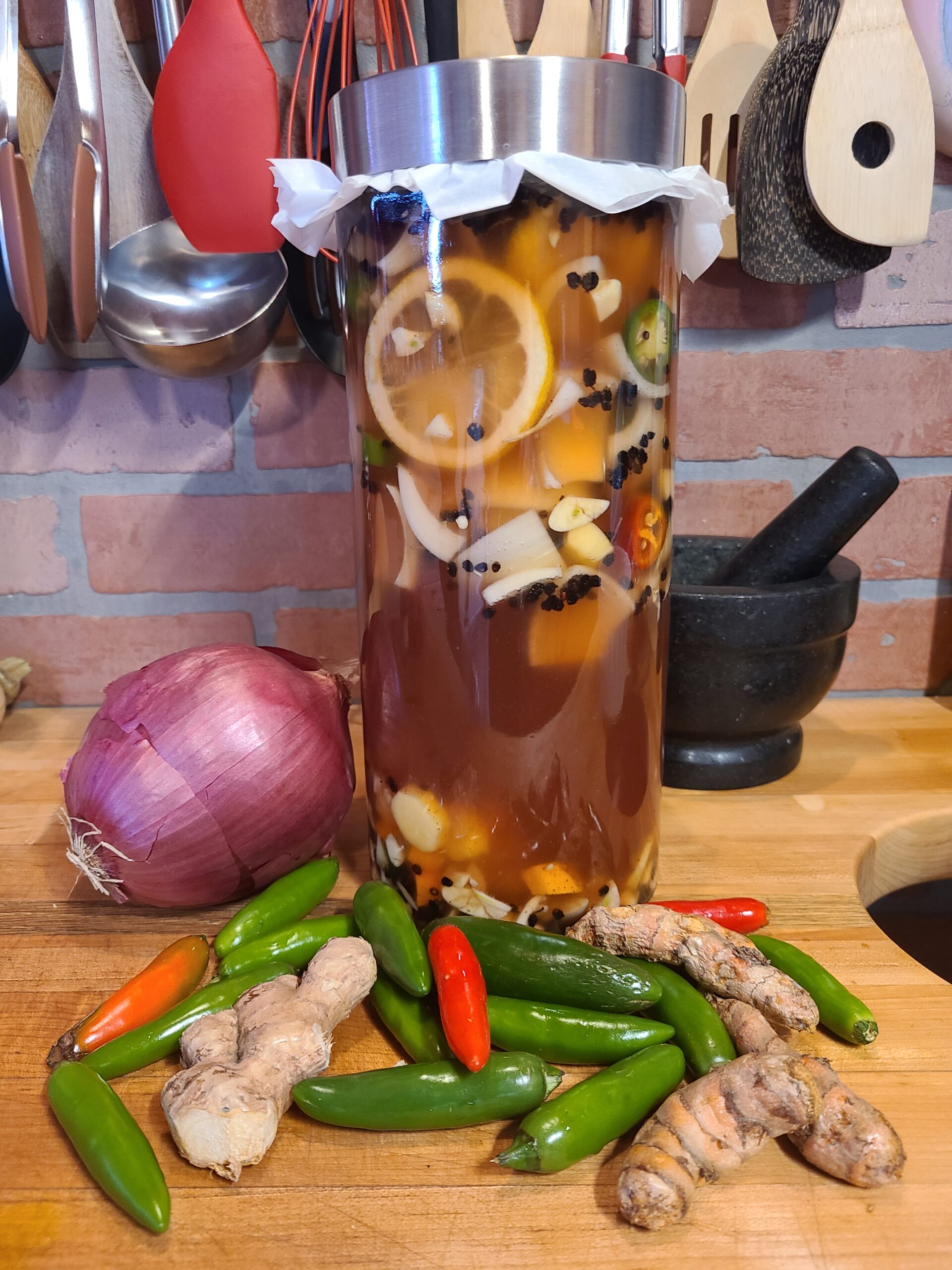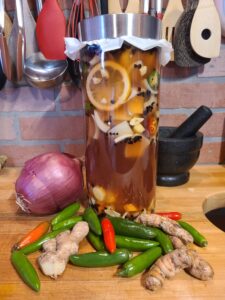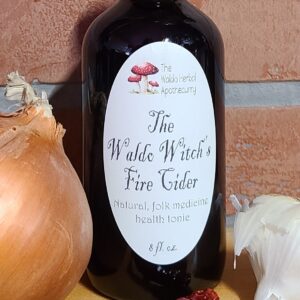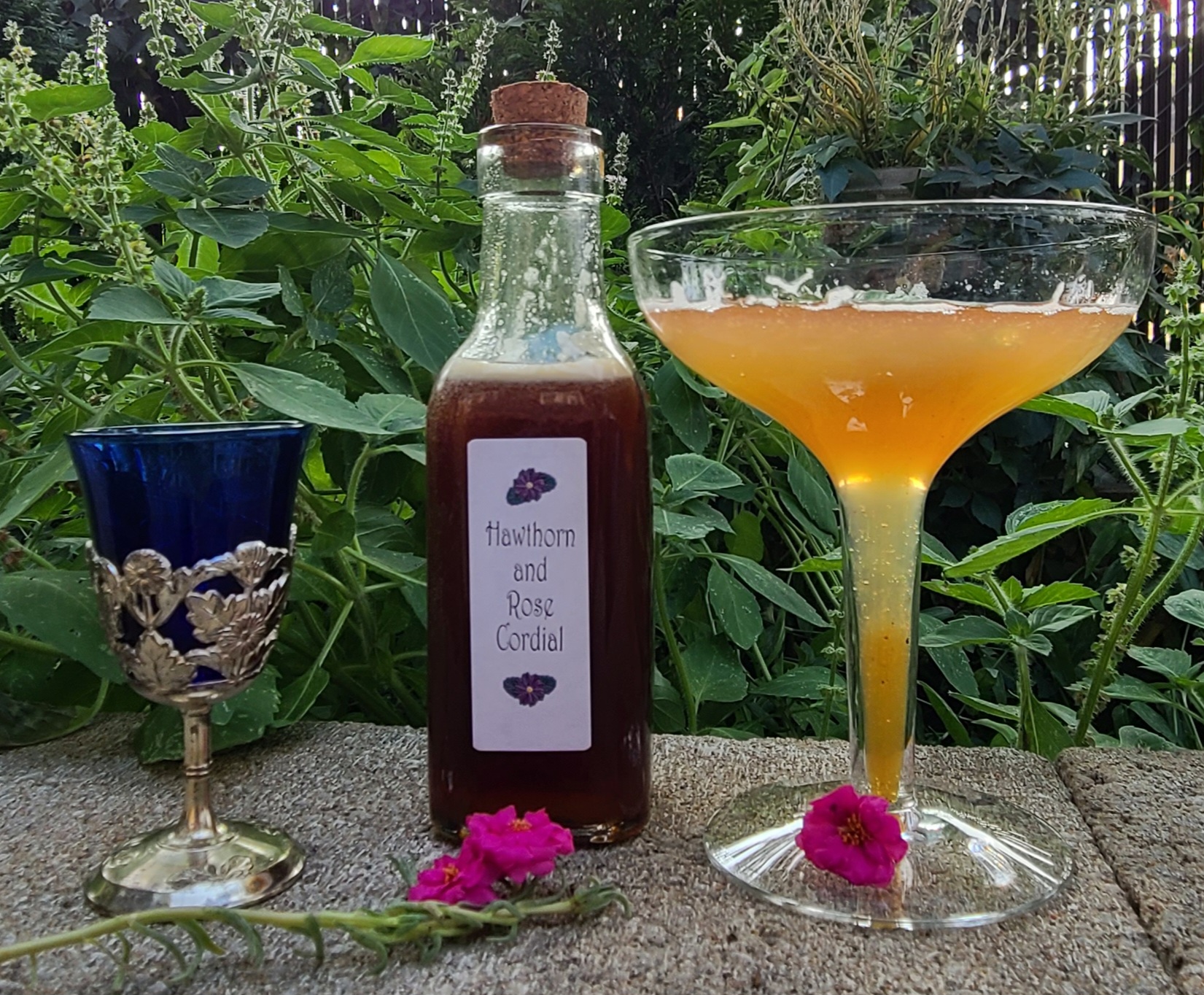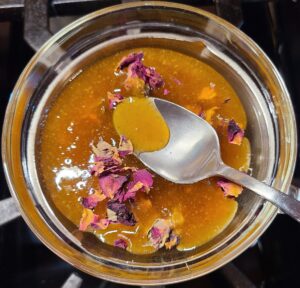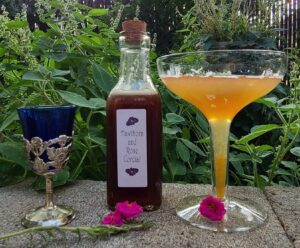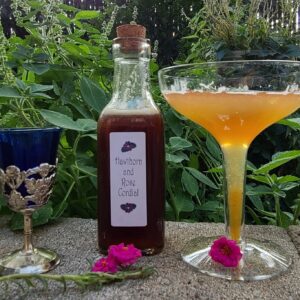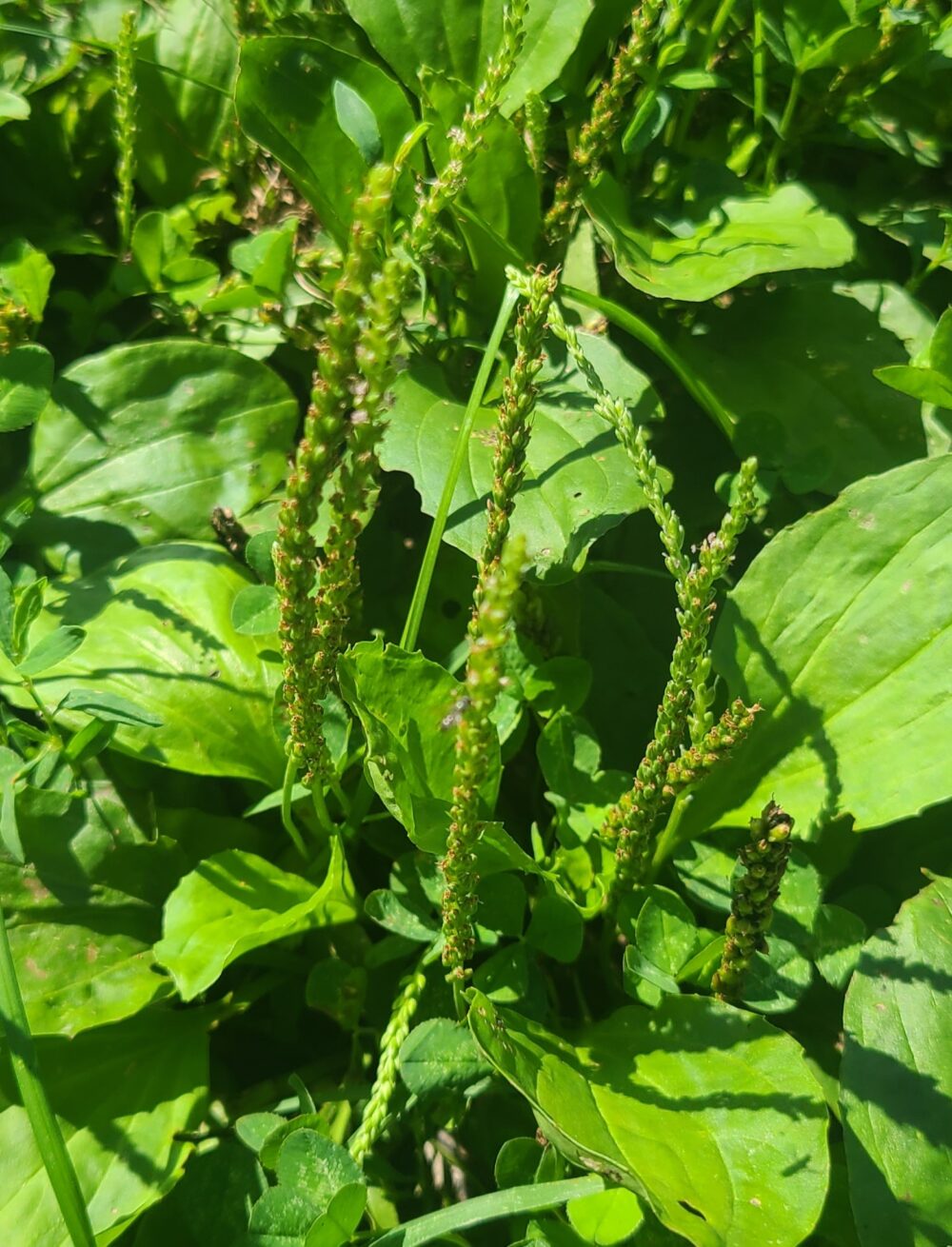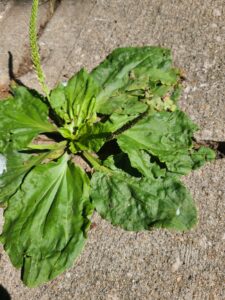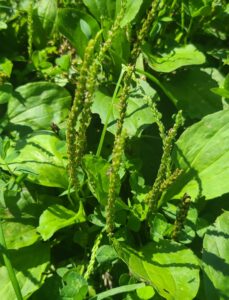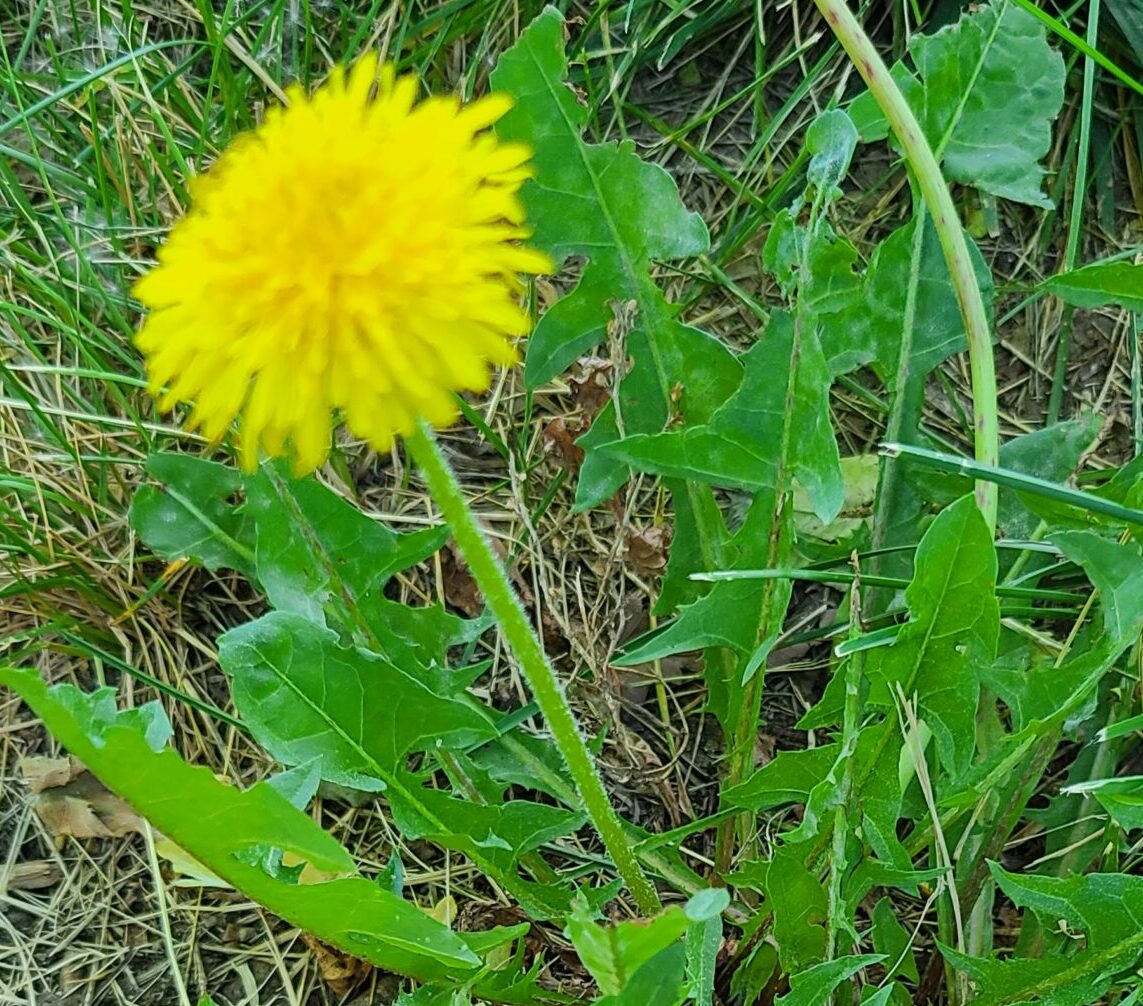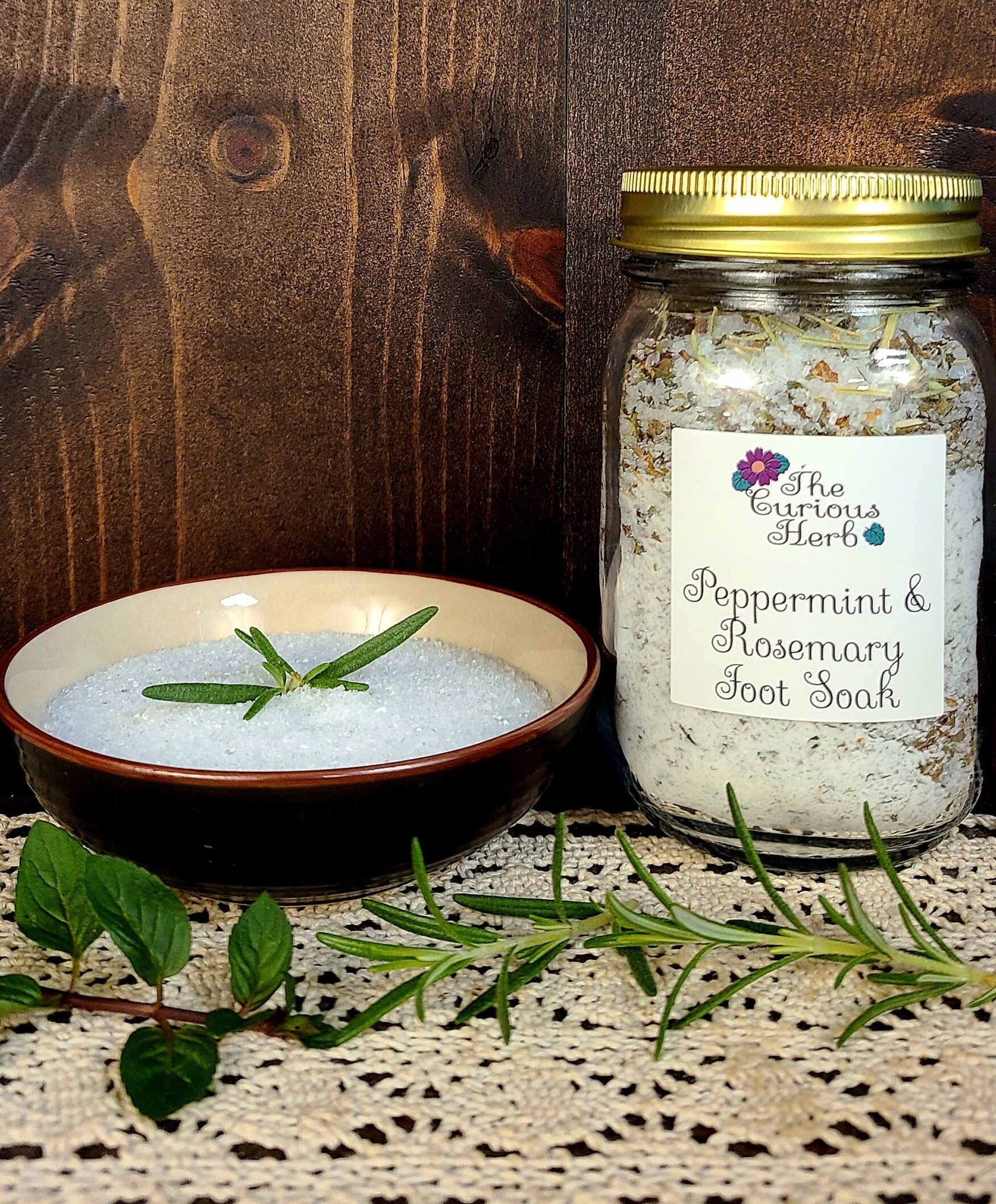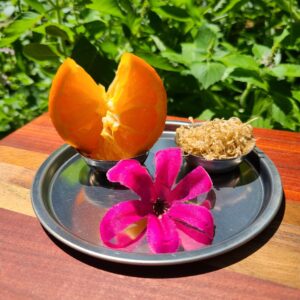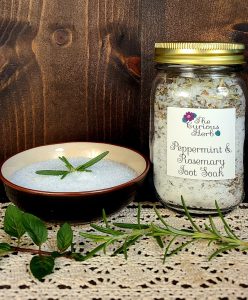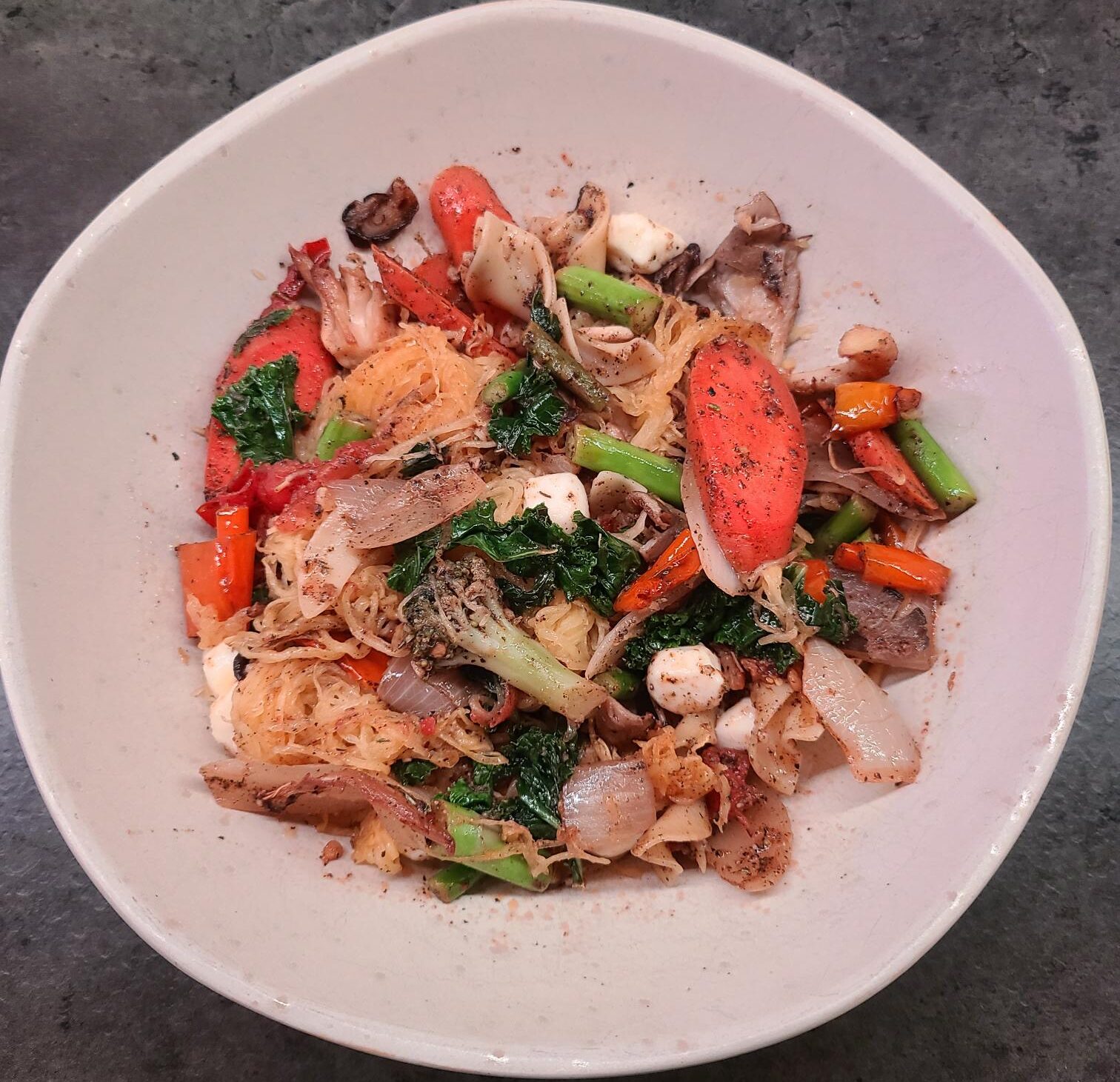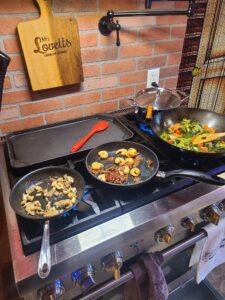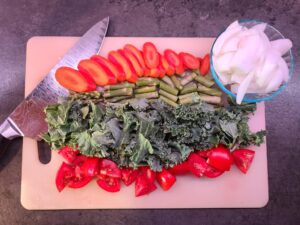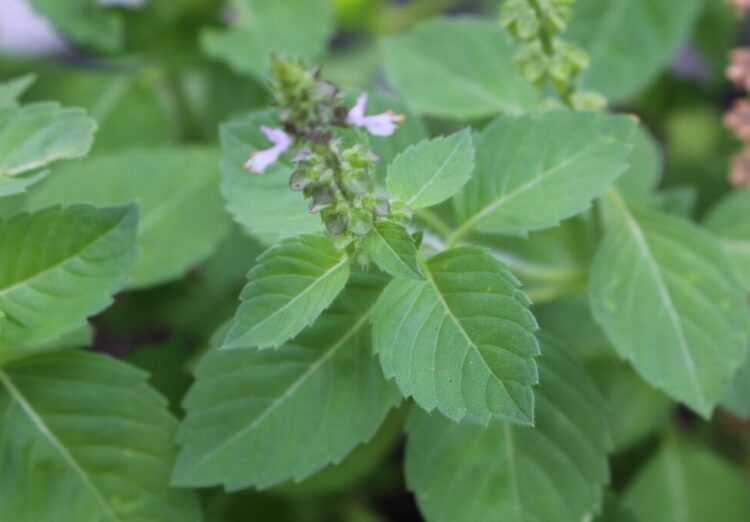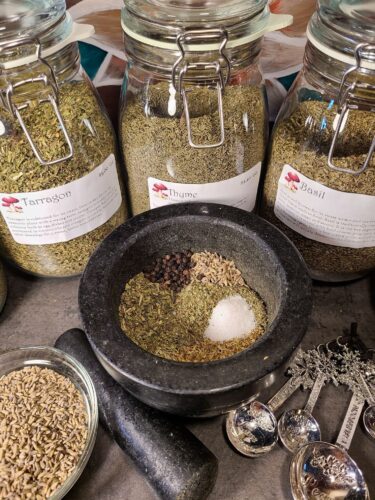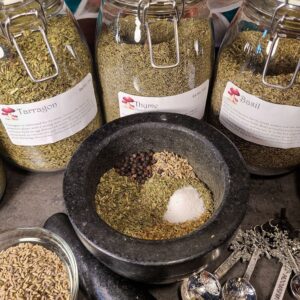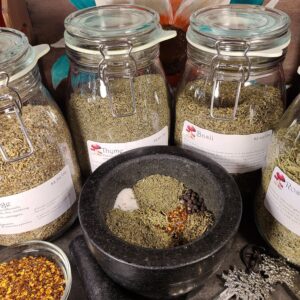Meditation For Everyone (I Swear)!
My Meditation Journey
It’s the beginning of 2025 and maybe you, like many people, have decided that this is the year you are going to live more mindfully and invite more peace and calm into your life. I applaud your new plan! I too have decided to make 2025 my year of living simply and mindfully. I will have more time to sit and read, bake bread, can vegetables, do arts and crafts, and meditate for hours! Then reality sets in and I realize I own a business, am starting a new business, am going to school full time at 2 different schools, and have a husband who expects me to acknowledge his presence periodically. Ok, so maybe the vision of blissfully meandering through my day with birds chirping, sun shining, and sitting for hours sipping a cup of tea is not quite going to happen. Maybe baby steps are the better, more likely, way to go. For me, this means really getting serious about my meditation practice. Again.
I first learned about meditation in 2004 when I did my yoga teacher training. We just barely touched on the idea of meditation during the teacher training program, and I couldn’t really get a full handle on what it is that you do during meditation. I am that girl that needs all of the information before I can dive into anything. The instructions of sit quietly, calm your mind of all racing thoughts, achieve enlightenment just didn’t quite get me there. How are you supposed to sit? Must you sit on the floor or meditation cushion with your legs in full lotus pose with your hands on your knees, palms up with middle finger and thumb touching? How do you actually go about calming your mind? Do I completely suck at meditating if my mind wanders? Is there a certain style of meditation that is best and that “true gurus” use?
All these questions and so many more just kept swirling around my head. I felt that there was no reason to try meditating if I wasn’t going to “do it right”. So, for many years I just didn’t. Then my husband decided we should try Transcendental Meditation. We paid some guy a whole bunch of money to give us private lessons and it was a pretty big waste of time and money. Not that I’m saying there is anything wrong with paying a teacher or with this style, it just wasn’t for us. We were told that we needed to meditate for 20 minutes twice a day for it to be effective. And we tried. Really we did. For about 3ish months we went to classes with our teacher and sat for 20 minutes twice a day. With this particular type of meditation, your teacher gives you a sound/ word that you are supposed to repeat like a mantra. The word I was given sounded like “whoring” and I felt so weird sitting quietly with my eyes shut silently chanting “whoring”. After a few months, we decided that maybe that style of meditation wasn’t for us, and we went on with our lives.
Fast forward another few years and after a several-year break, I found myself back in the health and wellness world. I got back into massage therapy (which I sadly had left for a while) and found sound healing and started offering sound bath meditations. I got back into meditation and read every book I could find. I went on retreats and took classes on how to meditate and how to teach meditation. I signed up for meditation apps and watched about a million YouTube videos. After all of that, I feel like maybe the questions “what is meditation and how do you do it” are almost unanswerable. I think maybe it’s just something you have to find on your own. So that’s it. Good luck!

Ok, just kidding. While I do find that meditation is a very personal journey that is completely different for everyone, I think there are some important tips to help get you started. Please note that I do not consider myself a guru or even a particularly good meditation teacher. I have taught some classes, and I feel like they have gone pretty well, but my personal meditation practice is sometimes fairly lacking. But I think that’s good because recently I started thinking about why that is and how I can fix that and how I can help others fix that. I had listened to a podcast about creating new habits that was really pretty life changing. I’m not usually a podcast/ motivational speaker kinda gal, but this one was awesome (https://podcasts.apple.com/us/podcast/450-how-to-break-free-from-whats-holding-you-back-and/id1379050662?i=1000682136490).
He talks about how you can take a new habit you want to create and piggyback it onto an existing habit. I realized that if I was going to truly commit to a daily meditation practice, I was going to have to create a new habit. I needed to figure out where in my schedule it was going to fit and make sure everything was in place and ready to go. Every morning, I get up and go to the bathroom and then head downstairs to get coffee and make my breakfast. I don’t need a reminder to do this as it just happens every single morning. I decided I could slip a meditation practice in between the bathroom and breakfast, and it would be a fairly seamless addition. The other thing I needed to do was figure out where I was going to meditate and if I needed any “meditation tools”. I decided on a chair in my bedroom that is tucked into a cozy corner. I keep a blanket right there in case it’s a chilly morning. I also keep a journal there in case I have a total epiphany during my meditation and need to write it down lest I forget my brilliant idea.
So now I can tuck this new habit right into an existing habit and it just becomes routine. I meditate every day now and I absolutely love it! I’m proud of myself for creating this space for myself and I am calmer and better able to handle life’s challenges because of it.
Here’s a little recap and some things to consider when first starting out on your meditation journey or, if you are a long-time meditator, but are trying to get more consistent.
- The very first thing you need to know about how to start a meditation practice is how to fit it into your life. Don’t stress about how to meditate until you figure out how it fits in your schedule. Some things to consider:
- How long do you want to meditate for each day? I would suggest starting small and working up. 5 minutes is really all you need, and you can work up from there if you want. I promise that even 5 minutes will help you be more responsive to life and less reactive.
- Where are you going to meditate? Brushing your teeth is a habit that probably most of you have and it’s super easy because everything is there where you need it. If you had to go find your toothbrush every morning, figure out how to get water and toothpaste, and watch a video on best brushing techniques, you probably wouldn’t do it because that’s a pain in the a$$. Make your meditation habit that simple. Find a spot, make it comfortable, and have some sort of alarm clock. If there are other people in your home, let them know that this is your meditation time and you are off limits (I am working on a separate post on how to fit meditation into your life so stay tuned for that). I find it best to have a timer so I don’t end up meditating for 3 hours and missing work. That’s typically frowned upon.
- For the first month-ish, I would suggest focusing on creating the habit and not worry so much about how to meditate. Just get into the routine of sitting quietly every day for your allotted time. Make this a joyful experience. Make sure that your meditation chair or cushion is comfortable without being so comfortable that you might fall asleep. Know that this is your time to be fully present. Don’t think about your to-do list or the fight you had with your husband/wife/mom/ best friend/ whatever. Be blissfully aware that you don’t have to be doing anything. You don’t have to fix anything for anyone or listen to someone else’s problems. You just get to sit and breathe and be. The keyword is “get” btw. You get to meditate; you don’t have to meditate. You aren’t in time-out. If your meditation practice isn’t joyful, you probably won’t stick to it.
In my next post, I will go into some detail about some different meditation techniques. I find that every single day is different and a meditation that worked great for me yesterday is just not cutting it today. I will also talk about some of the pitfalls that people fall into with meditation and how to avoid them. For now, just go and start creating the space for meditation in your life and we will get to the “how-to” very soon. Until then, take a deep breath and know that you are worth this time.

